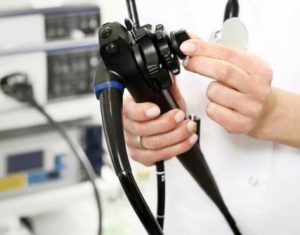 As expensive medical instruments that experience a lot of wear and tear, flexible endoscopes can cost a hospital a lot of money when going through avoidable repairs. Repairing flexible endoscopes often requires expensive maintenance from third-party organizations, downtime of services due to unusable scopes and procurement of expensive loaner scopes to handle the required workload. Spending time and effort to avoid these costs is an important part of running an efficient and profitable endoscopy operation.
As expensive medical instruments that experience a lot of wear and tear, flexible endoscopes can cost a hospital a lot of money when going through avoidable repairs. Repairing flexible endoscopes often requires expensive maintenance from third-party organizations, downtime of services due to unusable scopes and procurement of expensive loaner scopes to handle the required workload. Spending time and effort to avoid these costs is an important part of running an efficient and profitable endoscopy operation.
Typically, hospitals view endoscope downtime as a “cost of doing business.” However, this doesn’t have to be so. As this article by Melinda Benedict at Infection Control Today mentions:
“When a scope goes out of commission for repairs, it can be costly. Not only can repairs be expensive, but downtime during the repair process can impact departmental efficiency by causing scheduling delays or staff overtime for reprocessing scopes. Ultimately, satisfaction suffers—for patients, staff and physicians alike.
So, what’s the best way to minimize downtime, unnecessary repair expenditures and infection control risks? Avoid scope damage in the first place by following proper handling, reprocessing, transport and storage protocols.”
Read the full article here: Safeguard Your Scopes: Tips to Minimize Scope Repairs and Maintain Reprocessing Validation
In order to reduce downtime with your endoscopes, you must first have access to data about your endoscope repair history and who is handling and damaging your scopes. Systems such as iRIScope from Mobile Aspects track all transactions in the endoscope usage lifecycle including all incidences of repair. With this data, you can closely examine the causes of all of your endoscope repairs and trace back damages to individuals within the organization. You will be able to identify techs and physicians who need to be re-trained on how to properly handle scopes in a way that minimizes damage to delicate parts like the distal tip or the channels. You will even be able to use the data to understand which scopes are being used most often and those that are being underutilized. With this data, you can plan to balance the load on each of your scopes so that the same few scopes aren’t being used over and over again, reducing the need for costly repairs. Having access to the data and using it reduce the incidence of endoscope repairs can mean a much more efficient and profitable practice.
